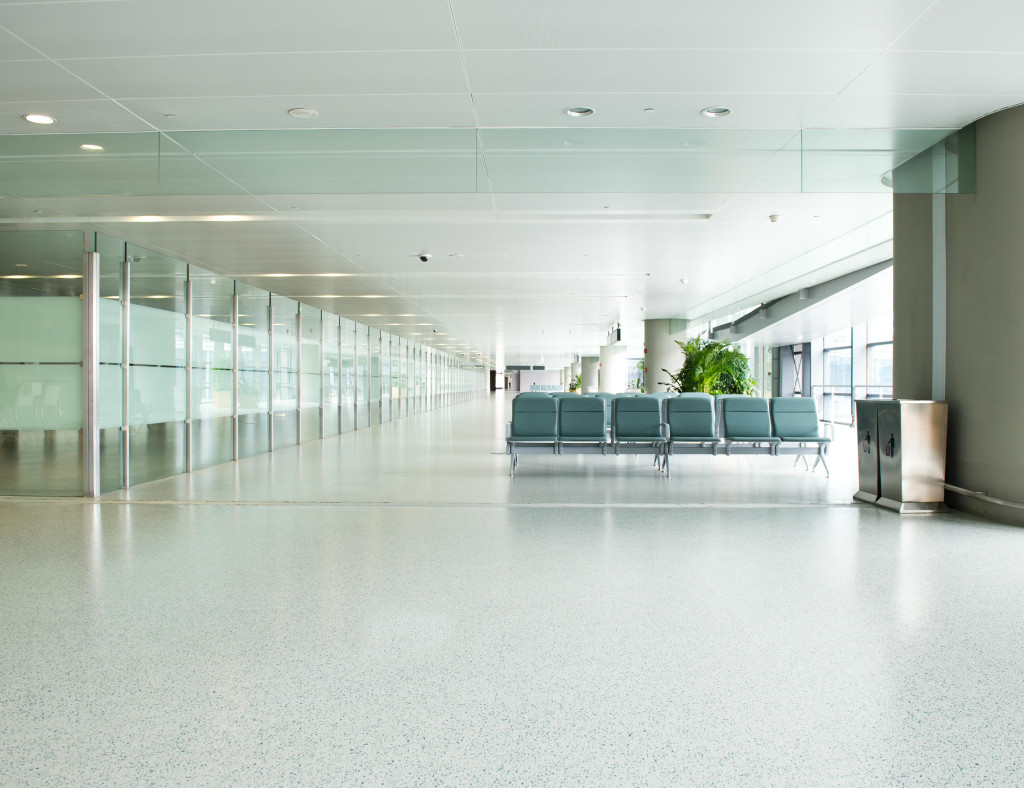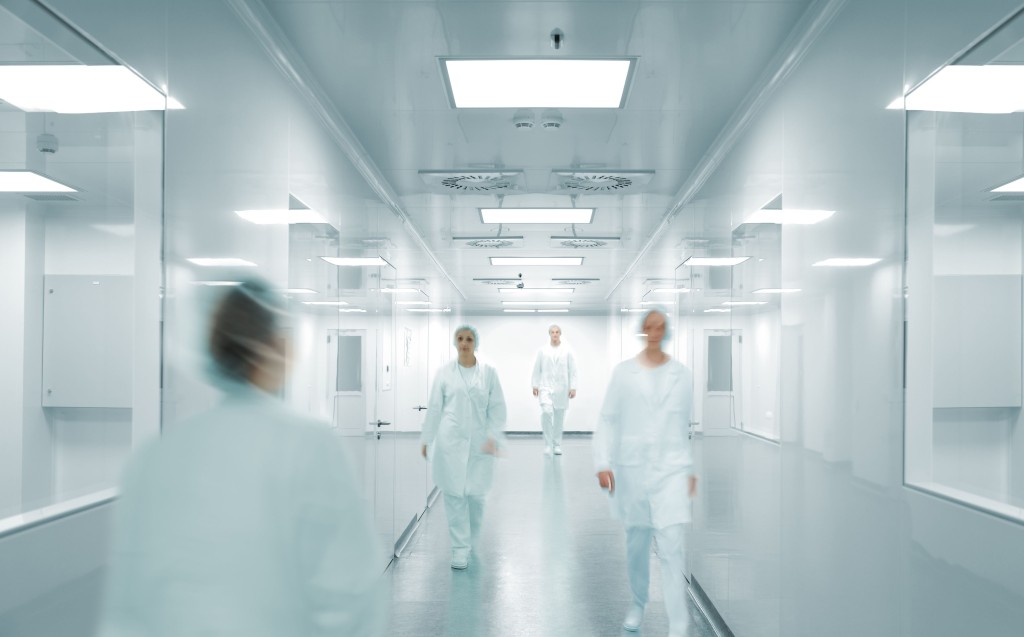Noura A Aziz, a design expert for Qatar’s Public Works Authority (Ashghal), talks with Fatima de la Cerna of Climate Control Middle East about the role interior design plays in achieving good IEQ in healthcare facilities. She identifies common pitfalls interior designers face and suggests ways to address them.
In general, what role does – or should – interior design play in IEQ-related initiatives? How can interior design affect indoor environments of healthcare facilities?
One of the main roles of interior designers is to correctly divide the available space and distribute it according to the activities in the healthcare facility, with the goal of enhancing the speed of the delivery of services and ensuring occupants’ comfort.

Noura A Aziz is a design expert for Qatar’s Public Works
Authority (Ashghal)
For them to fulfil this role, they require sufficient understanding of the nature of the project, as well as its function and requirements. And there should be complete coordination among all the medical and engineering team members, because without it, you can’t have a properly designed and executed project.
The interior designer and all the members of all the teams involved in the project should be aware of IEQ principles and components, and their impact on the building and its users. They should all cooperate and observe best practices to improve the performance of the building and the efficiency of the workers, and to create a safe and healthy environment that can bring about speedy recovery for patients.
What would you say is the biggest challenge when it comes to integrating aesthetic elements with IEQ principles in the design of a healthcare facility?
Air quality, lighting, odours, HVAC systems, noise, furniture and finishes, views and even colours – all these elements must be taken into account when studying and planning the distribution of building indoor spaces, how they can all affect and be affected by each other. Proper understanding of those elements is needed to be able to effectively incorporate them into the design and, of course, do so in such a way that they are consistent with the aesthetic considerations of the building.
You will still want the building to look its best, after all. So reaching that level of understanding and awareness is, in my opinion, the biggest challenge.
Are there specific design elements you believe should be consistently applied in healthcare facilities? Are there certain design needs that are similar among different kinds of healthcare facilities, like hospitals and laboratories?
Different healthcare facilities and departments like clinics, emergency and patient rooms, operation theatres, emergency departments, staff offices, lecture and meeting rooms, education and research areas, laboratories and pharmacies could be housed in independent buildings or could be set up in one hospital building. But either way, the aesthetic and IEQ elements I’ve mentioned are basic and should be taken into consideration. To give you just some examples:
In line with the previous question, what design elements are unique to laboratories?
I have dealt with several types of laboratories through my work, and each has different international standards and codes to follow, depending on the lab’s activity, location, experiment level and requirements, as well as the types of materials users and workers are exposed to. There are school laboratories, hospital laboratories, food laboratories and independent research building laboratories – each with its requirements; however, they usually have to follow the same basic standards, which are:
Based on your observation, what common design mistakes or problems can be found in Qatar’s healthcare facilities? What measures or steps would you suggest Qatar take to correct those mistakes or problems?
The concept of the luxurious hospital, which has recently grown in popularity in our region and around the world, is quite a good development, and supports the idea that the interior environment has a significant impact on patient health and psyche – but only if the concept is actualised properly. It’s important to note that it is not about using the most beautiful materials and expensive finishes, which is a common practice among many design organisations, both public and private.

To put it simply, the concept of the luxurious hospital involves the creation of a safe and comfortable environment for end-users by choosing the best quality systems, materials and finishes, without compromising the aesthetics, to ensure the best performance for the building. And as I’ve mentioned, cooperation among the different people working on the project, from designers and architects to consultants and contractors, is very important.
I have also noticed a lack of understanding of the local culture on the part of some international companies who do business in the region. One area where they display this is in accommodating the privacy of the patient and the patient’s visitors, which is an important principle in our religion and culture. It must be taken into consideration from the beginning to avoid problems in the future. It’s really important to understand that not all international standards will apply to our hospitals, and that some of them will need to be adjusted to meet all the medical, religious and cultural requirements in our countries. That is why, as local designers, we are keen to provide single rooms, increase room sizes and provide practical furniture, to cover all medical service requirements of hospital rooms, keeping in mind the condition of the patients who’ll be occupying them and receiving visitors in them. Furthermore, separate prayer and waiting rooms for males and females must be provided in each floor or department, depending on the hospital size.
Copyright © 2006-2025 - CPI Industry. All rights reserved.